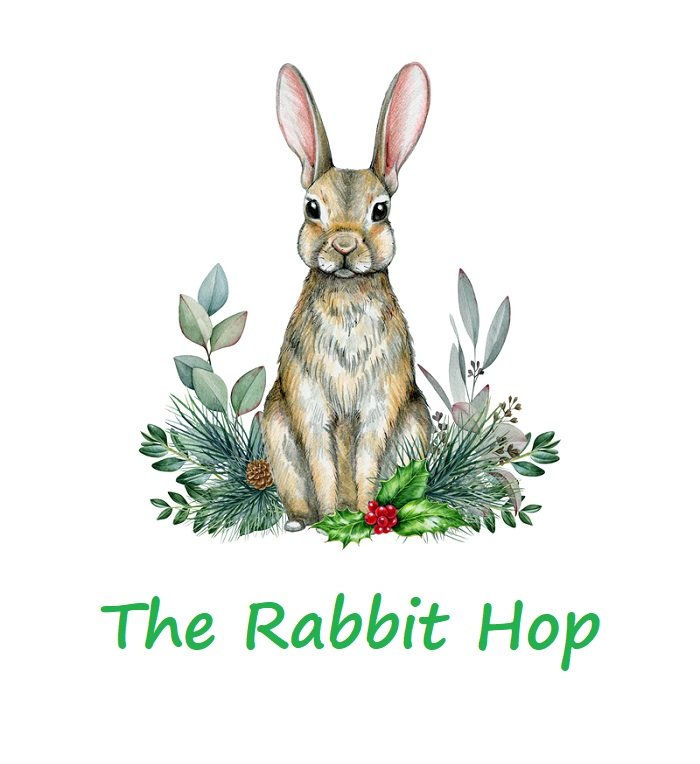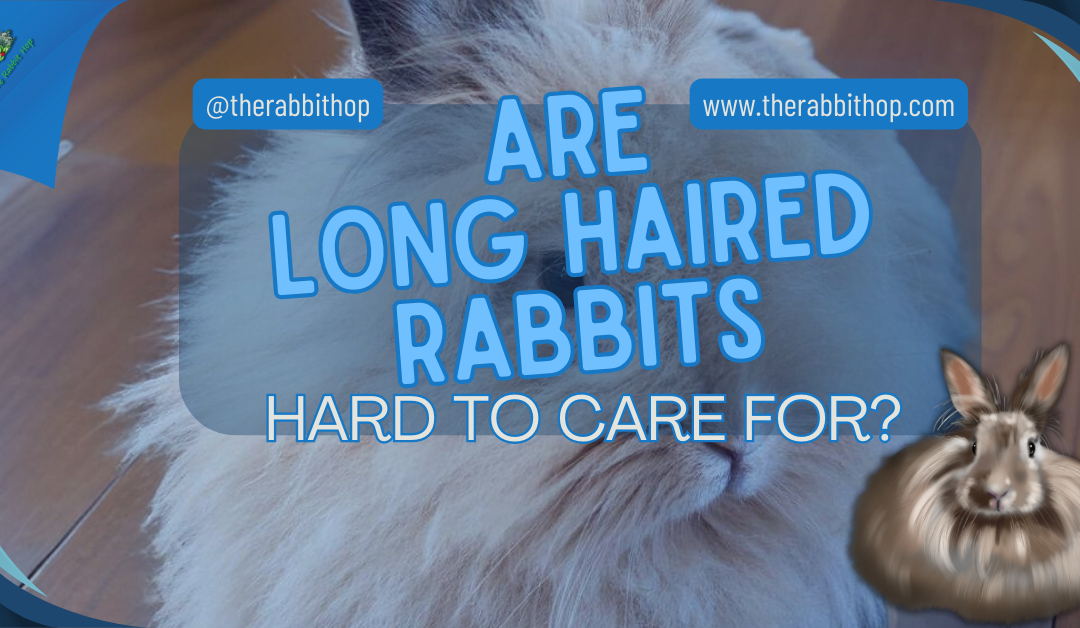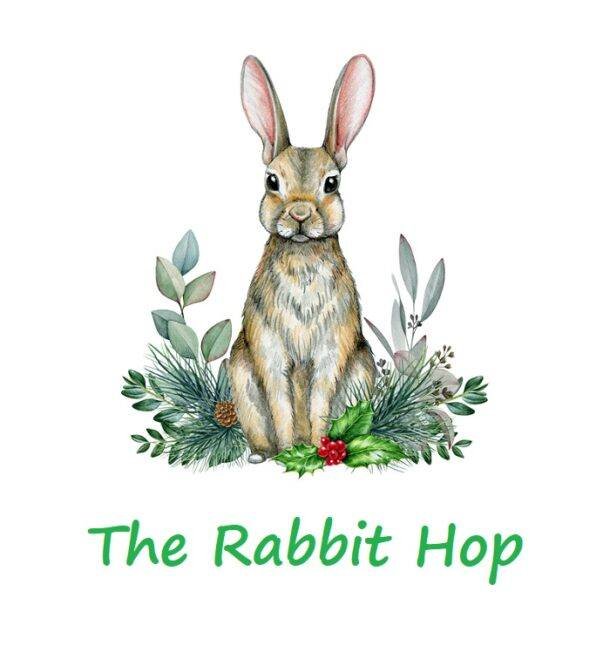Long-haired rabbits require dedicated care and attention to ensure their well-being and happiness.
Have you ever found yourself struggling to care for your long-haired rabbit?
Perhaps you’ve encountered challenges with grooming, diet, or habitat maintenance, leaving you feeling overwhelmed and unsure of the best course of action.
As a devoted long-haired rabbit owner, I’ve observed fellow rabbit enthusiasts grappling with these same issues. Recognizing the need for guidance, I’ve drawn upon my own experiences and insights to create this comprehensive article.
Join me as we explore the intricacies of long-haired rabbit care, from grooming techniques to health considerations, and discover why the effort is truly worth it for these beloved companions.
Are Long Haired Rabbits Hard to Care For? Understanding Their Grooming Needs
Caring for long-haired rabbits can be more challenging than caring for their short-haired counterparts due to their unique fur qualities. Their longer fur requires consistent and attentive grooming to prevent matting, tangling, and the accumulation of debris, which can lead to discomfort and health issues for the rabbit.
These breeds, including the beloved Angora and Jersey Wooly, are known for their luxurious coats that demand regular maintenance. I need to be particularly vigilant about their grooming needs, as well as their diet and habitat, to ensure they remain healthy and happy.

As someone with a keen interest in the well-being of these fluffy companions, I understand that their care goes beyond aesthetics. Long-haired rabbits are prone to unique health considerations that must be addressed proactively.
It’s essential to equip myself with the appropriate tools and knowledge about proper grooming techniques, health checks, and diet plans that cater specifically to their needs. Doing so will help to prevent common issues such as hairballs, skin infections, and other complications that can arise from improper care.
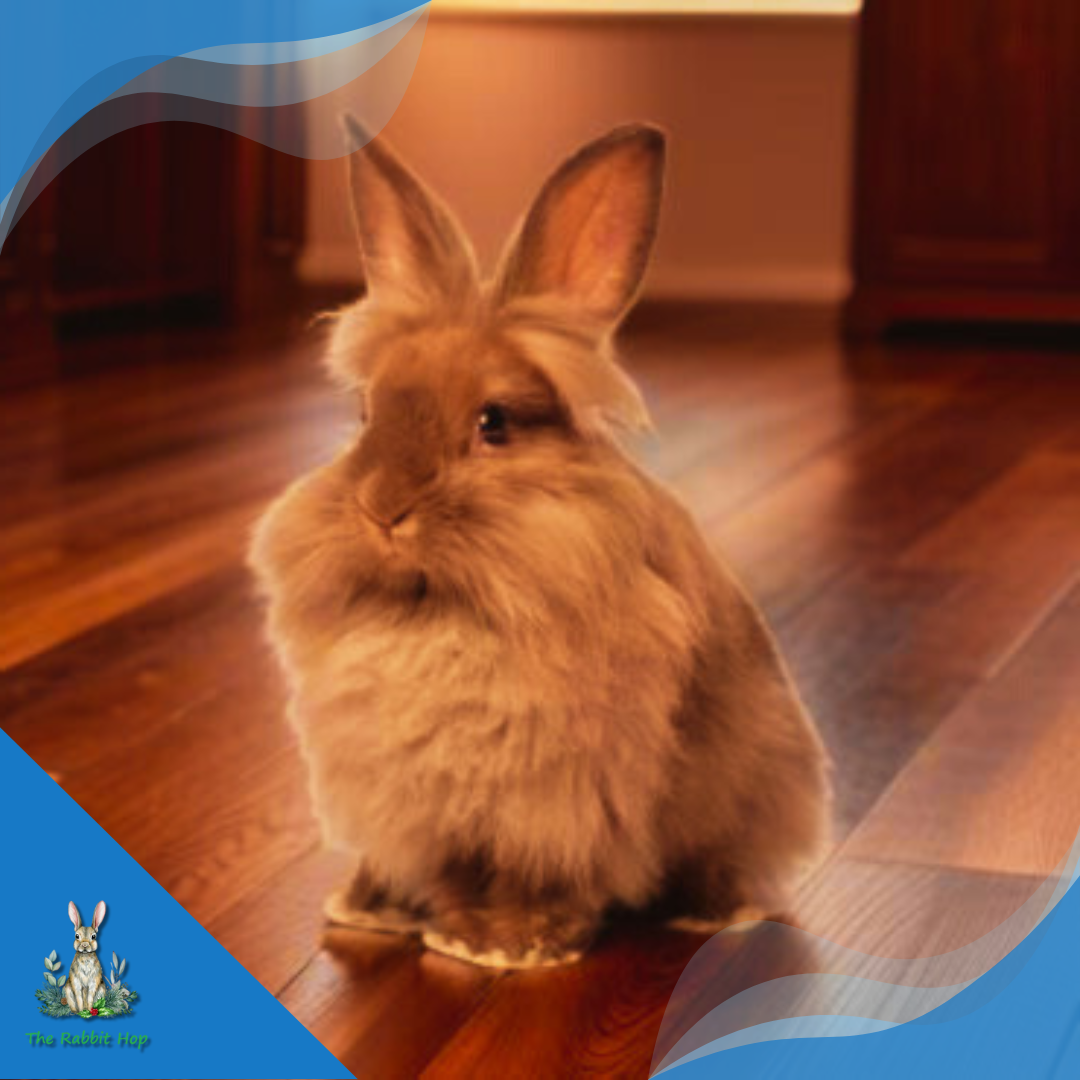
By committing to their care, long-haired rabbit owners can enjoy the rewarding experience of nurturing these gentle and affectionate creatures.
Key Takeaways
- Long-haired rabbits require diligent grooming to maintain their coat condition.
- Owners must be aware of the health risks associated with long fur.
- A commitment to proper care ensures the well-being of long-haired rabbits.
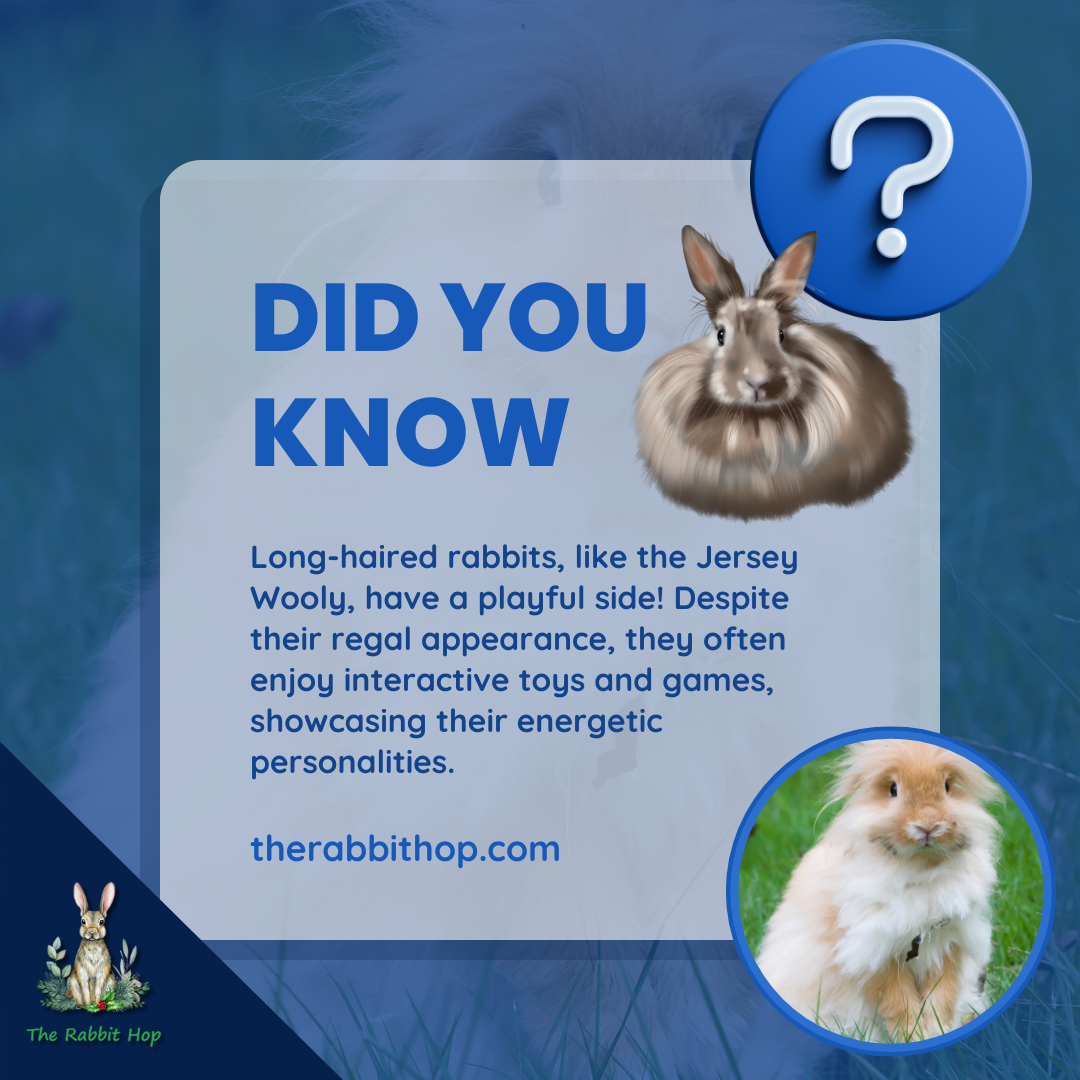
Understanding Rabbit Fur Types

When considering the care of long-haired rabbits, it is essential to understand the varieties of rabbit fur types and their specific needs. I’ll cover the primary breeds known for their long fur and delve into the intricacies of their fur structure and growth patterns.
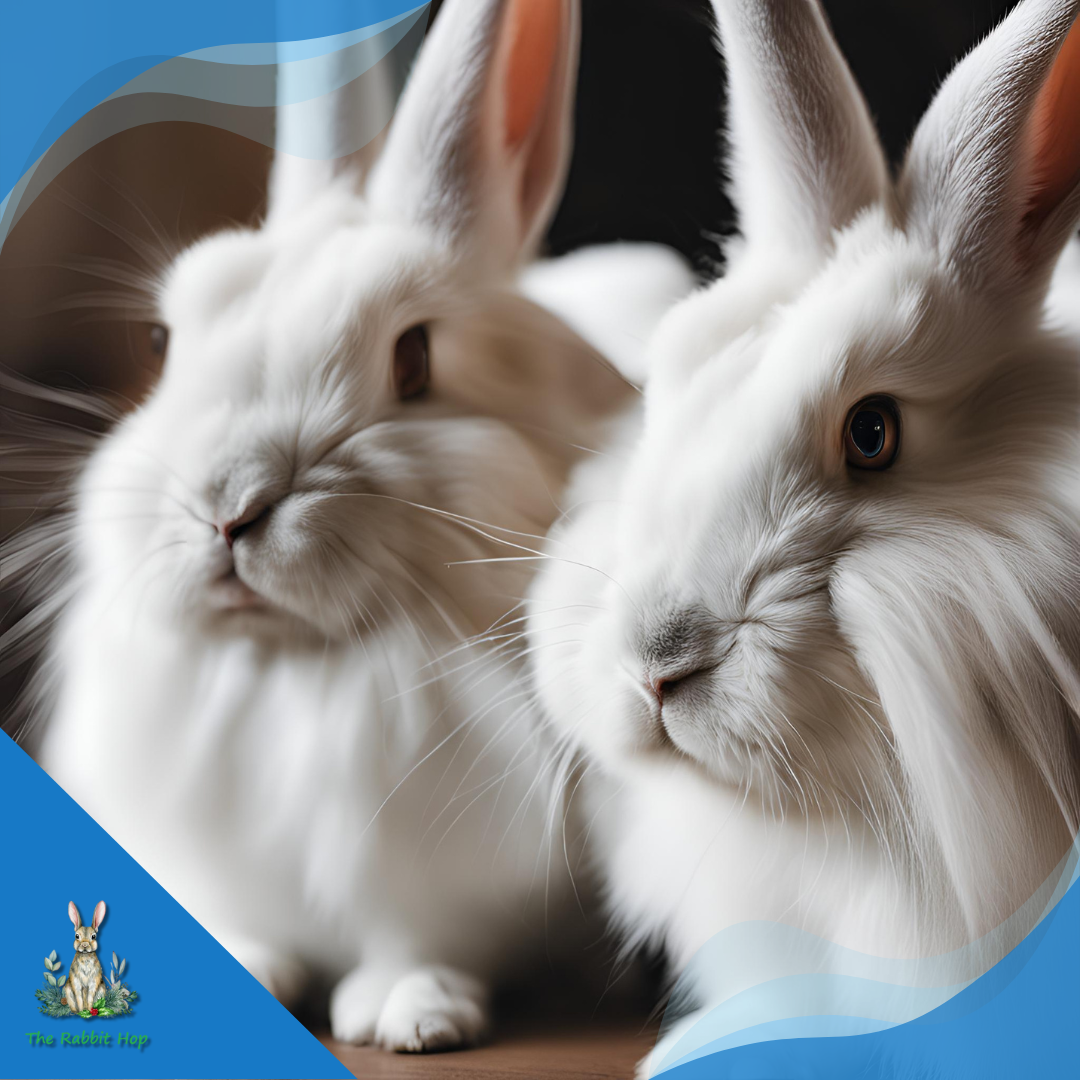
Long-Haired Rabbit Breeds
The spectrum of long-haired rabbit breeds includes the Angora, which is renowned for its wooly coat, and the Jersey Wooly, with its distinctive fluffy fur.
Amongst Angoras, there are several types like the English, French, Satin, and Giant, each with unique fur characteristics.
Long-haired rabbit breeds typically require more grooming due to the length and density of their fur, which is prone to matting and tangling.
- Angora Rabbits: Luxuriously soft, wooly fur needing regular grooming.
- Jersey Wooly: Compact size with abundant fur; sometimes called “mug heads” for their square-like head shape.
These breeds can be great pets for those prepared for the additional grooming effort. Breeders often exhibit these rabbits in shows due to their striking appearance and luxurious fur.
Fur Structure and Growth Patterns
Understanding the fur structure and growth patterns of long-haired rabbits is critical for proper care.
Rabbit fur consists of three types of hair: guard hairs, awn hairs, and down hairs. The guard hairs are the longest and protect the undercoat, while awn hairs provide a layer of insulation, and down hairs are short and dense, forming the soft undercoat.
- Guard hairs: Prevents dirt from reaching the undercoat and provides weather resistance.
- Awn hairs: Contributes to the rabbit’s overall fur texture and thickness.
- Down hairs: Offers exceptional warmth and makes up the majority of the coat in long-haired breeds.
Their hair will go through several phases: growth, rest, and shedding. The rate of growth and shedding can vary depending on breed, season, and individual genetics.
Regular grooming is necessary to manage these cycles and prevent issues like wool block, a condition where ingested fur accumulates in the digestive system.
Basic Care Requirements for Long-Haired Rabbits
Caring for long-haired rabbits involves meticulous grooming and creating a suitable living environment. These tasks are vital to their health and well-being.
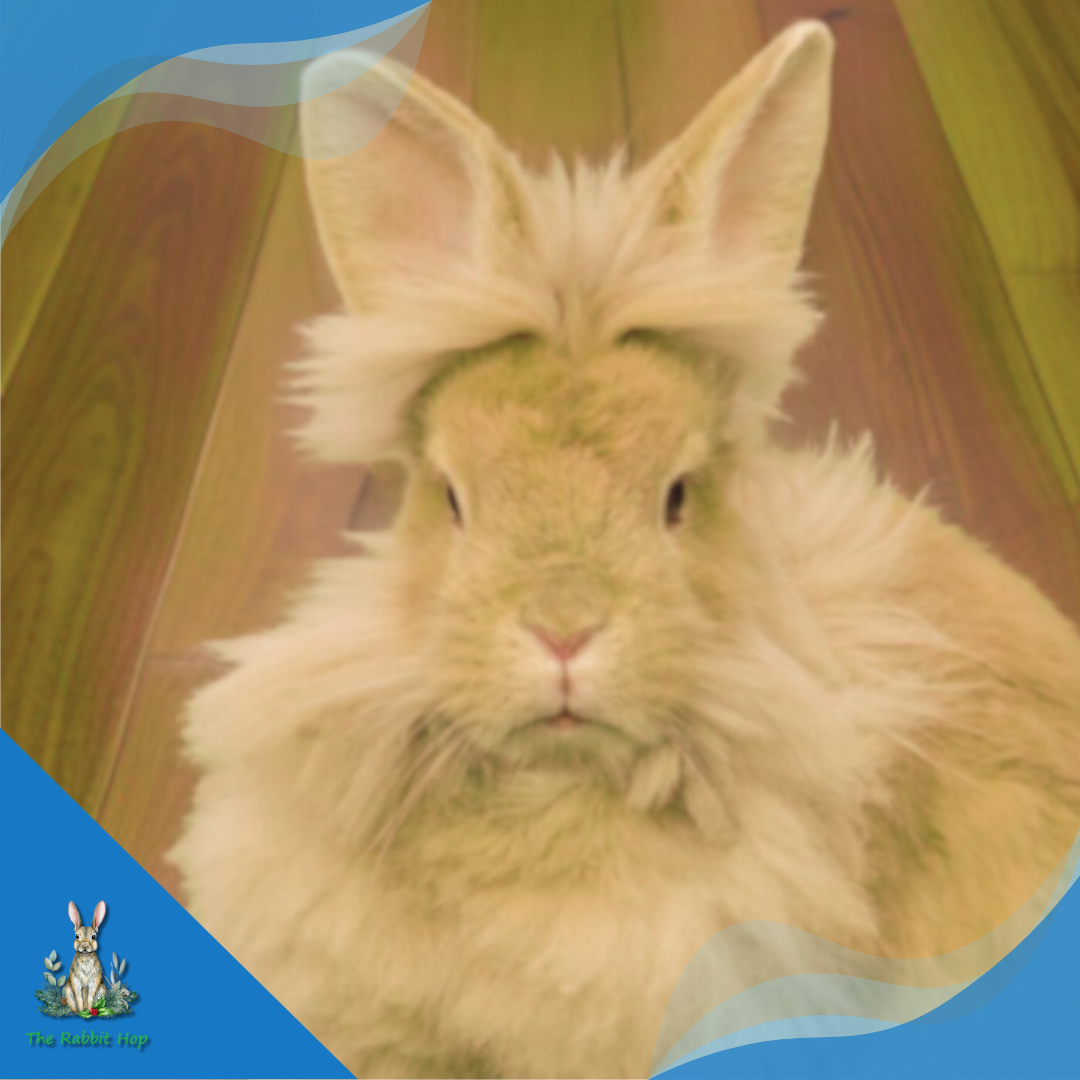
Diet and Nutrition
For my long-haired rabbits, I ensure a balanced diet that includes high-quality hay, fresh vegetables, and a small portion of pellets.
Hay is critical for their digestive health as well as dental care, as the constant chewing helps wear down their teeth, which grow continuously.
I provide a constant supply of Timothy hay, and supplement it with fresh, dark leafy greens like romaine lettuce and parsley. A small number of pellets provide additional nutrients, but I make sure they are specifically formulated for rabbits to prevent obesity.
Housing and Environment
I have found that a spacious, clean, and safe enclosure is key for long-haired rabbits.
They require enough room to move freely, hop, and stretch out. The enclosure should be lined with bedding that’s changed regularly to maintain hygiene, as long-haired breeds are more prone to matting and soiling their fur.
To prevent heat stress, which they’re more susceptible to due to their dense fur, I keep my rabbits in an area with a stable, moderate temperature and away from direct sunlight or draughty windows.
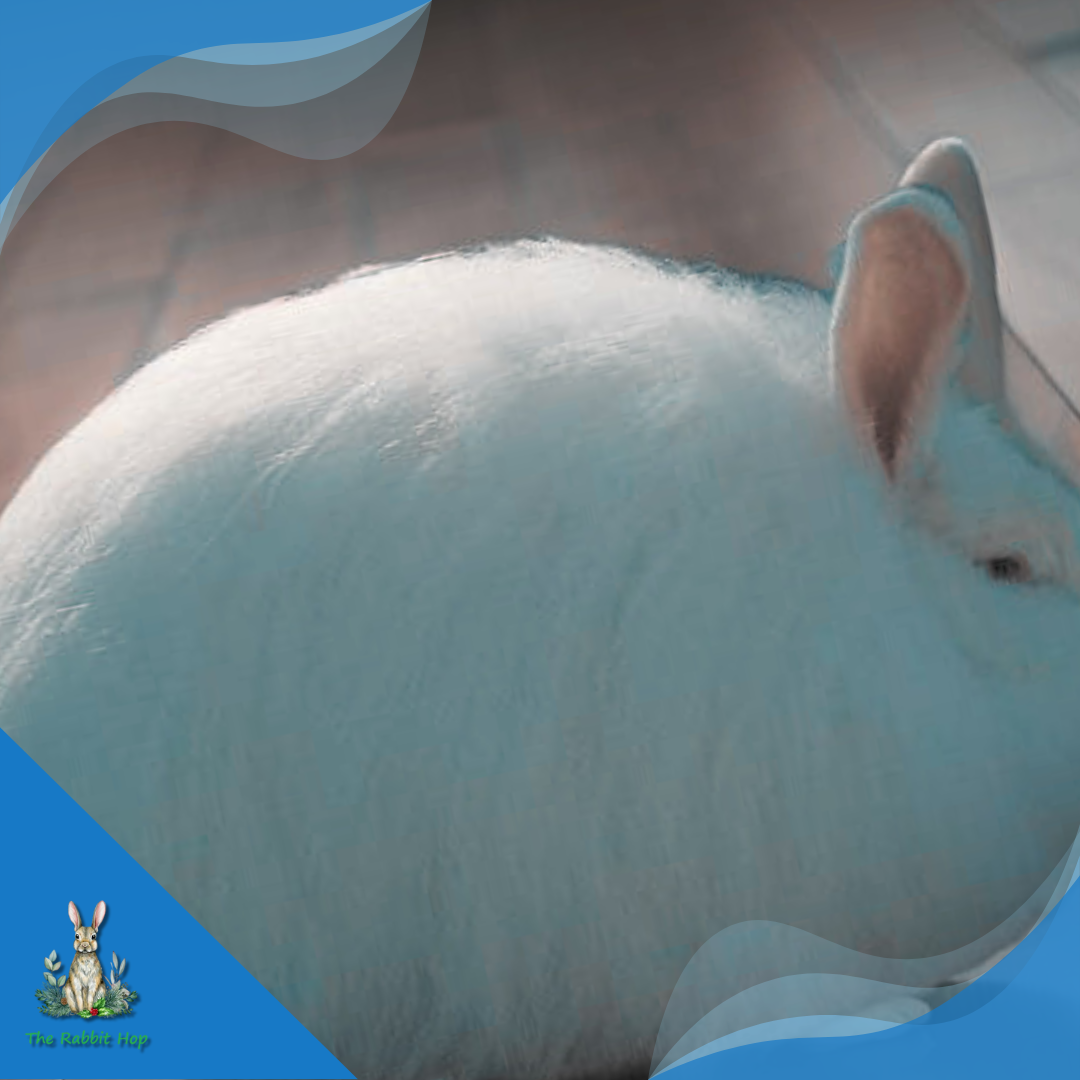
Grooming Long-Haired Rabbits
In my experience, grooming long-haired rabbits is a critical routine for their health and well-being. It involves regular brushing, managing shedding, and occasional cleaning—all tailored to their unique fur needs.
Daily Brushing Techniques
I find that daily brushing is essential for long-haired breeds to prevent painful matting and knots in their fur.
I use a slicker brush to gently work through the topcoat, careful to reach down to the undercoat without irritating the skin. For sensitive areas, a comb with wider teeth provides a more comfortable experience for my rabbit.
It’s important to be patient and calm, offering treats and breaks to associate grooming with positivity.
Managing Shedding
Shedding varies by breed, but long-haired rabbits tend to shed more significantly, which I’ve noticed can peak during seasonal changes.
To manage this, I increase the frequency of brushing sessions during these times.
I also keep a close eye out for any signs of wool block, a common condition in these rabbits where ingested hair leads to digestive issues.
By ensuring thorough grooming during these high shedding periods, I help minimize the risk of blockages.
Bathing and Dry Cleaning
I avoid giving my long-haired rabbits full baths unless absolutely necessary, as this can be stressful and risky for them.
Spot cleaning with a damp cloth can often take care of dirty patches. In cases where a full clean is unavoidable, I prefer to use a no-rinse shampoo or dry bath method, like cornstarch-based powders designed for rabbits, to absorb and remove dirt from their fur.
It’s crucial to keep the rabbit warm and dry them completely after any wet cleaning process.
Health Considerations for Long-Haired Breeds

In my experience with long-haired rabbit breeds, their luxurious coats require not only regular grooming but also a watchful eye for certain health issues, such as skin conditions and other common ailments that can arise from improper care.
Skin Conditions
Understanding the skin health of long-haired rabbits is crucial due to their dense fur, which can hide problems.
Skin conditions like matting and urine scald can be particularly troublesome. Matting, if not addressed, can lead to skin irritation or infection.
To prevent such issues, it’s essential to groom them regularly, checking for tangles and mats that could harbor bacteria.
Common Ailments and Preventative Measures
Long-haired rabbits are also more susceptible to issues like parasitic infestations which includes mites and fleas, especially if their living conditions are not ideal.
For prevention, I keep their environment clean and consult with a veterinarian for appropriate treatments.
Additionally, regular health check-ups and a balanced diet are key in preventing common ailments, ensuring a long and healthy life for these delicate breeds.
Behavioral Aspects of Long-Haired Rabbits
When considering long-haired rabbit breeds, I note that behavior plays a significant role in their care. Just like their fur, their social habits and need for exercise and mental engagement are particularly important.
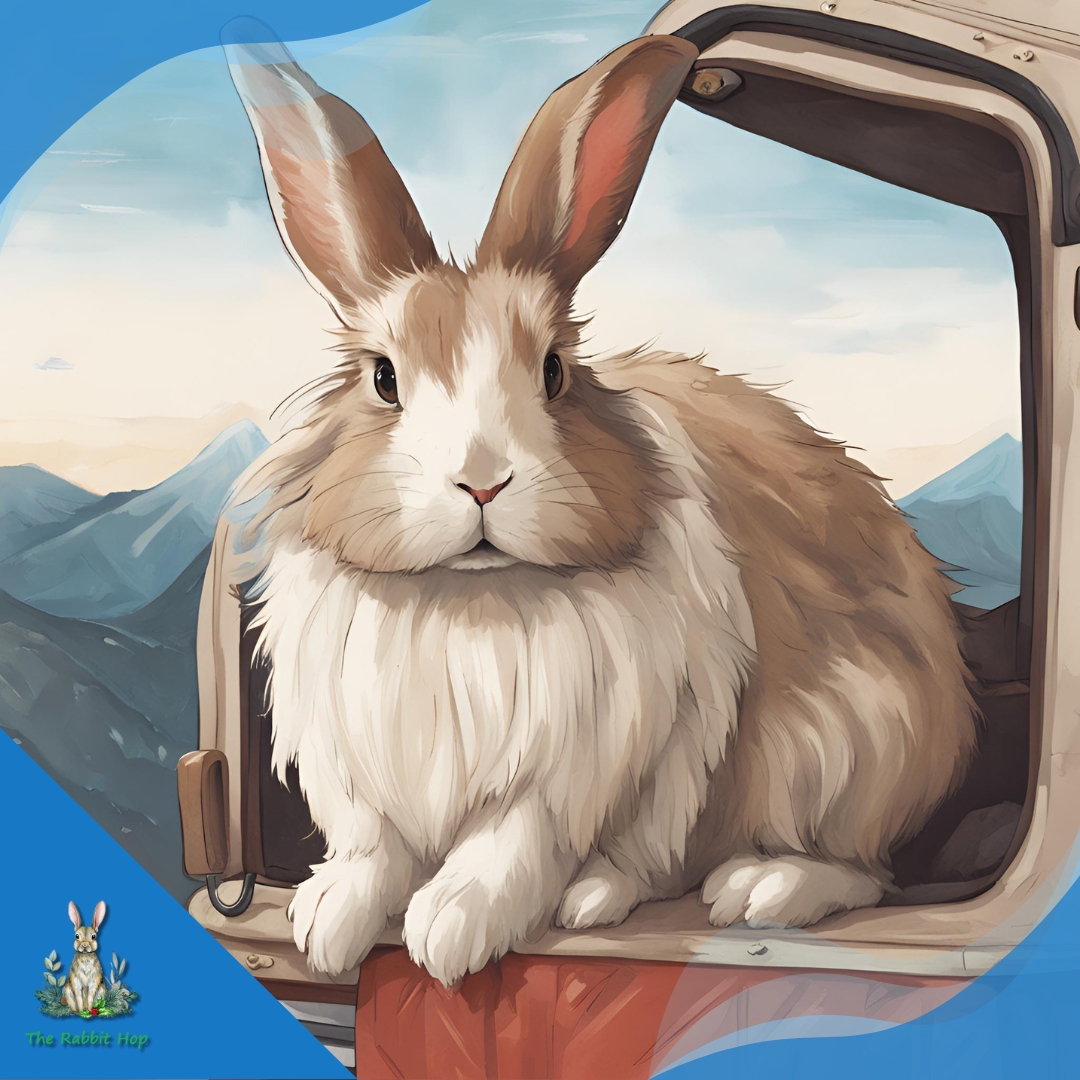
Social Needs
I find that long-haired rabbits, such as Angora rabbits, often display a friendly demeanor and enjoy human interaction.
They thrive on companionship, whether it’s with another rabbit or with their human caretakers. However, each rabbit’s personality is unique, so when introducing rabbits to one another, it’s crucial to do so gradually to ensure compatibility.
Exercise and Stimulation
Long-haired rabbits need a good amount of exercise for both their physical and psychological well-being.
These rabbits benefit from a secure area where they can hop and explore safely. They also require mental stimulation, which can be provided through puzzle toys or objects to chew on and investigate.
Providing opportunities for these activities can prevent boredom and promote a healthy lifestyle.
Tools and Accessories for Rabbit Care
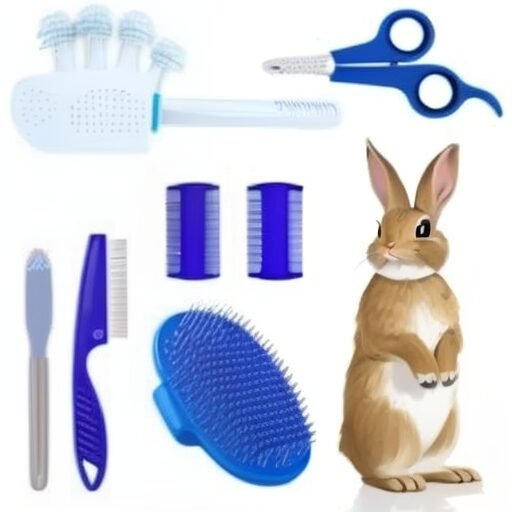
In my experience, proper care of long-haired rabbits requires specific tools and accessories. Ensuring that you have the right equipment helps maintain their health and happiness.
Grooming Tools
Long-haired rabbits need regular grooming to prevent mats and hairballs. I use a variety of grooming tools to keep my rabbit’s fur smooth and clean.
- Brushes: A ZoomGroom brush is gentle and effective for removing loose fur without pulling on the skin.
- Combs: For tighter mats, a metal comb can work through the fur without causing discomfort.
- Scissors: Having a pair of rounded-tip scissors on hand is necessary for safely trimming away any mats that can’t be brushed out.
Habitat Accessories
The right habitat accessories can greatly enhance a rabbit’s quality of life. Here’s what I consider essential:
- Enclosure: A spacious cage or pen gives them room to move freely.
- Flooring: Non-slip mats create a safe surface for rabbits to hop on without slipping.
- Hideaways: Small shelters within the enclosure allow for privacy and stress relief.
- Feeding Supplies: Ceramic food dishes and hay feeders keep their eating area tidy.
- Water Bottles/Bowls: I prefer using a heavy bowl that can’t be tipped over easily.
Long-Term Maintenance and Care Commitment
Caring for long-haired rabbits requires a dedicated approach, as their luscious coats demand regular grooming. I make it a point to brush my rabbit’s fur several times a week to prevent matting and to reduce the risk of hairballs. In fact, failing to groom properly can lead to serious digestive issues, as rabbits cannot vomit and expel excess hair.
The environmental considerations are also crucial.
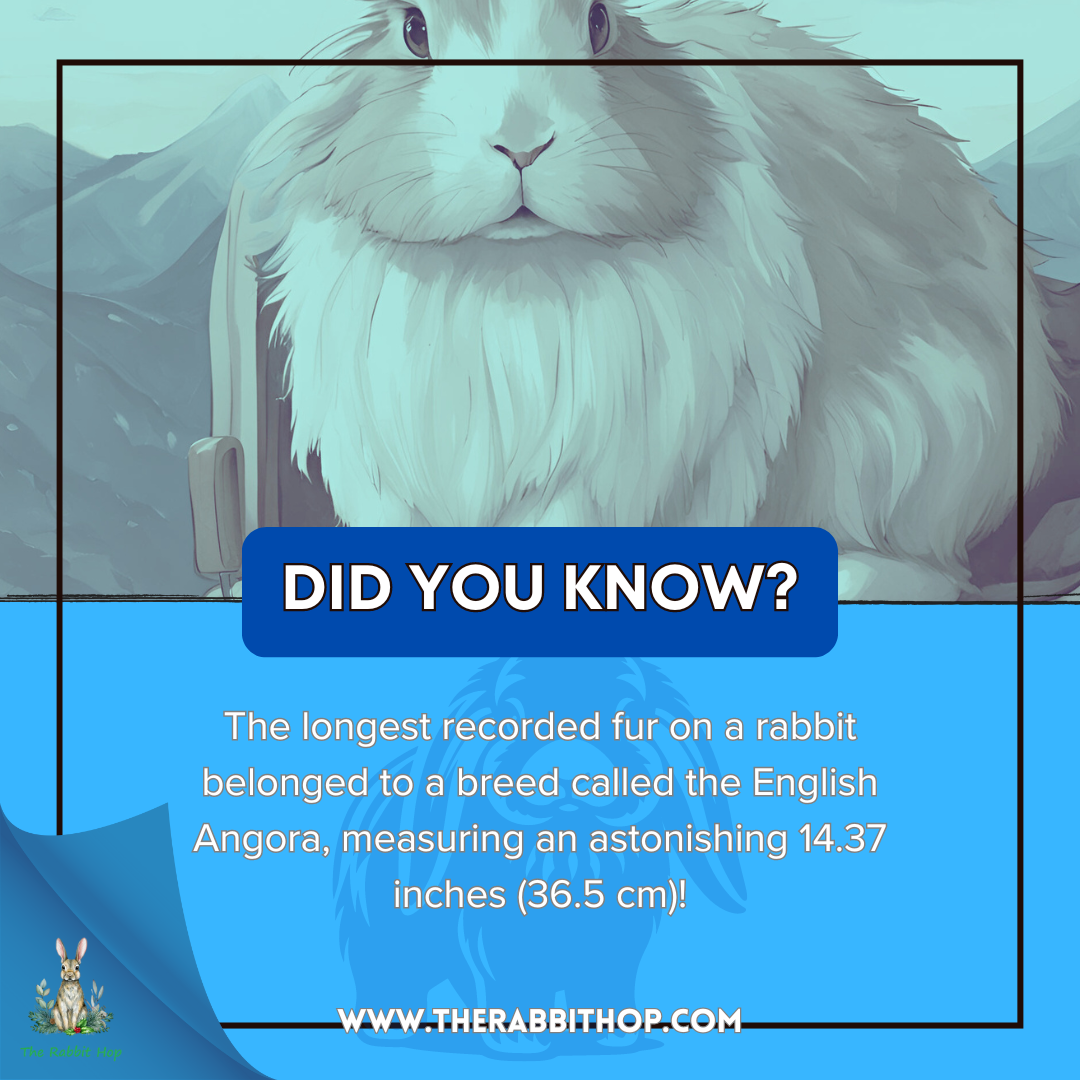
My rabbit’s living space needs frequent cleaning to maintain a hygienic environment and to keep their long hair clean and free from waste. I ensure the habitat is comfortable and safe, providing enough room for exercise.
It’s well-known among rabbit owners that these pets thrive indoors and can be sensitive to extreme temperatures and the presence of predators when kept outside.
Their diet is just as important; I focus on providing a balanced diet consisting mainly of hay, supplemented with fresh vegetables and a limited amount of pellets. This dietary regimen helps maintain my rabbit’s digestive health and supports a glossy coat.
Healthcare, too, is a priority.
I schedule regular visits to a veterinarian experienced with rabbits to monitor their health. Spaying or neutering can reduce the risk of certain cancers and improve their overall temperament.
Travel and Transportation with Long-Haired Rabbits
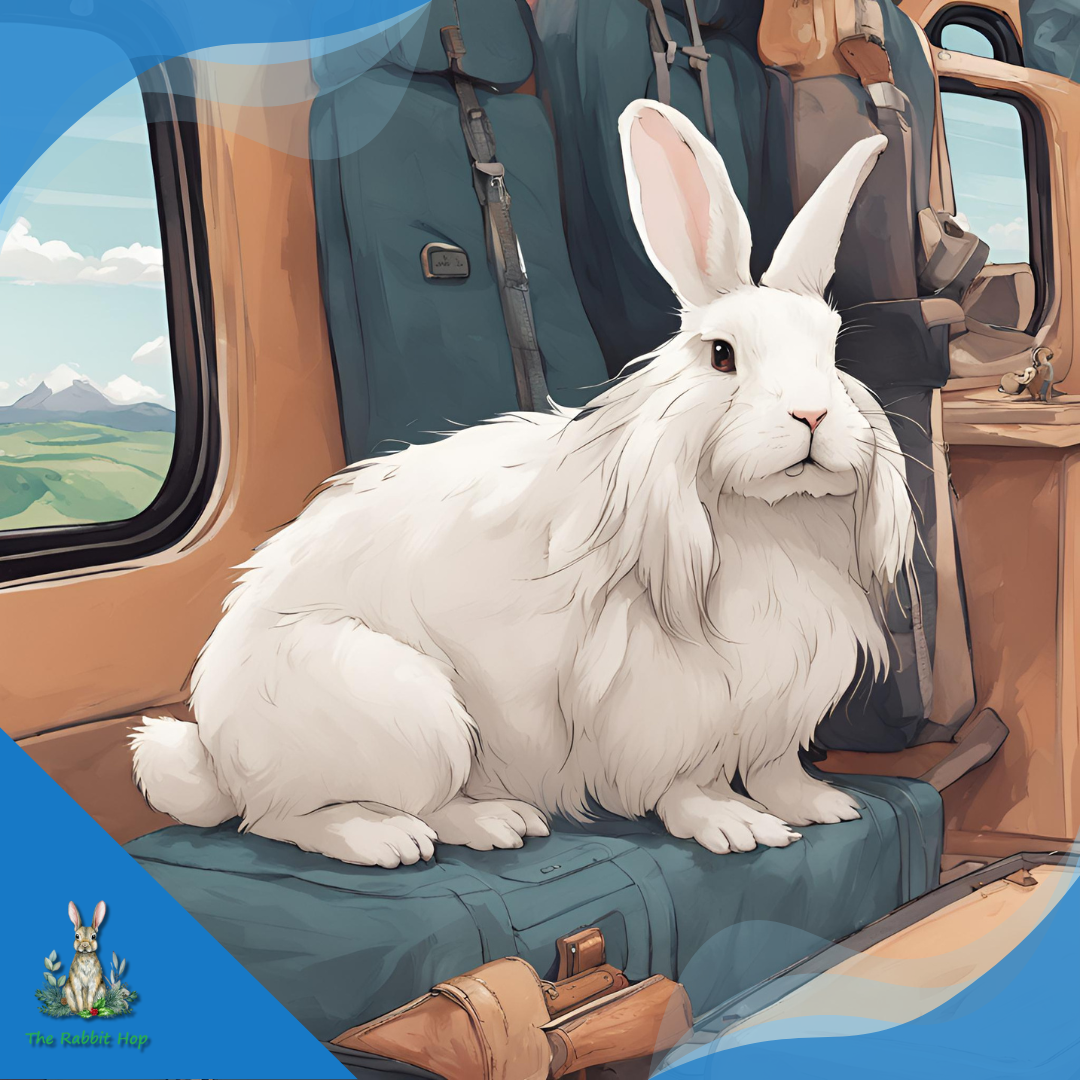
Traveling with long-haired rabbits requires special considerations to maintain their well-being.
I make sure to choose a carrier that is well-ventilated, secure, and spacious enough for my rabbit to stretch and turn around comfortably. It’s essential for the carrier to be sturdy and easy to clean, in case of any accidents.
Before embarking on a journey, I get my rabbit accustomed to the carrier.
I do this by leaving the carrier open in their living area with some familiar items inside, like a favorite toy or blanket. This way, the carrier becomes a safe and comfortable space for them.
Here are the key points I follow for transporting my long-haired rabbit:
- Carrier Training: Familiarize the rabbit with the carrier gradually.
- Comfort: Include soft bedding for cushioning.
- Climate Control: Ensure the car’s temperature is comfortable, avoiding extreme hot or cold conditions.
| Item | Description |
|---|---|
| Water | Attach a no-drip water bottle to the carrier. |
| Food | Hay and a few familiar treats. |
| Breaks | Stop every few hours to check on your rabbit. |
When positioning the carrier in my car, I make sure it’s secure and won’t slide or tip.
I also avoid placing it in direct sunlight or in the path of air conditioning or heating vents.
During the trip, I’m attentive to my rabbit’s behavior, watching for any signs of stress or discomfort.
If I’m planning a longer trip, I schedule rest stops where my rabbit can have a break from the confines of the carrier. These best practices help ensure that my long-haired rabbit can travel as stress-free as possible.
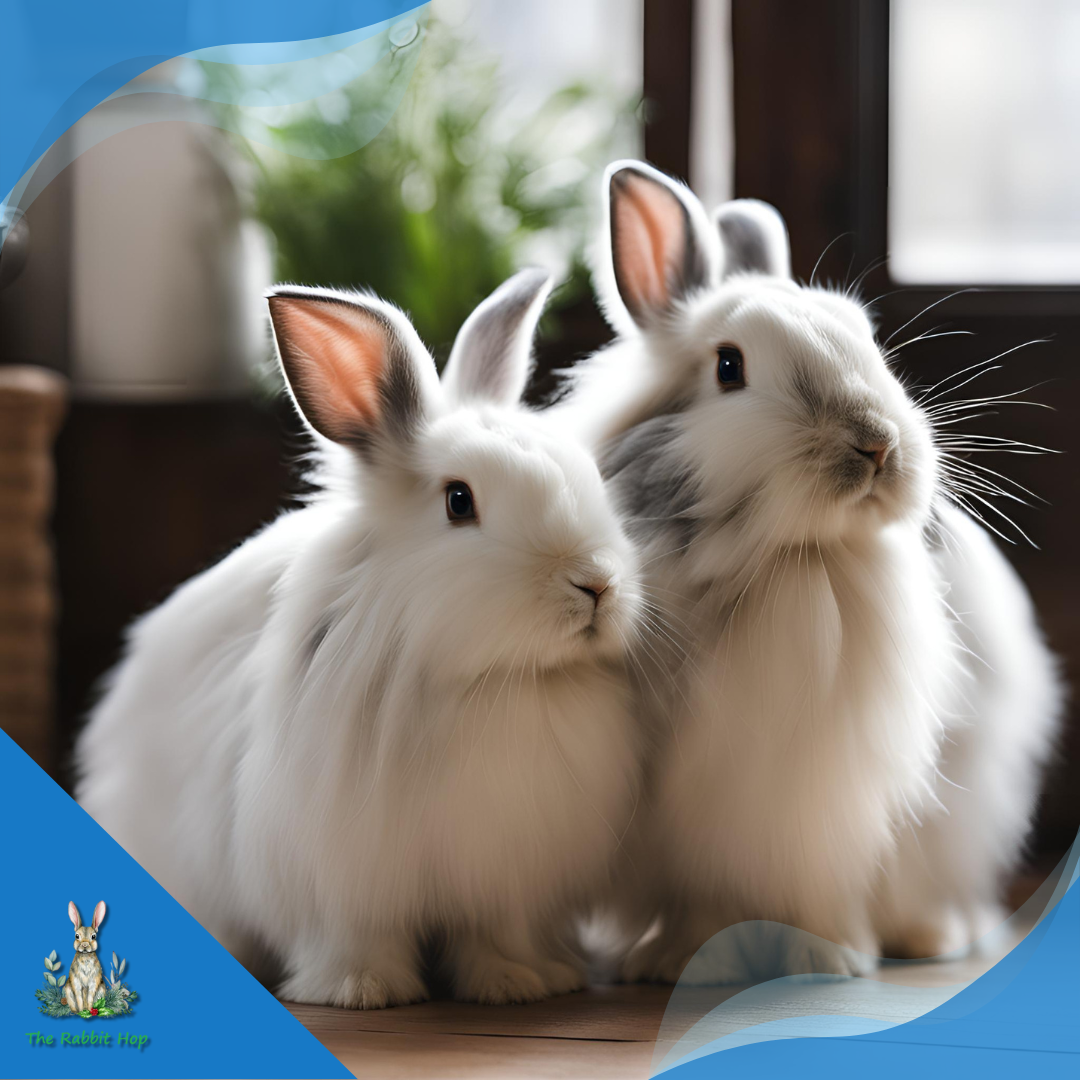
Frequently Asked Questions
Caring for long-haired rabbits involves specific routines and considerations. I’ve compiled some of the most common questions to help you understand what’s involved.
What are the daily grooming requirements for a long-haired rabbit?
A long-haired rabbit requires daily brushing to prevent tangles and matting. This is vital to maintain their coat’s health and to avoid skin issues.
What should be considered when creating a habitat for a long-haired rabbit?
Their habitat should be spacious and clean, with areas free from excess moisture that can cause the fur to mat. Bedding must be soft and easy to maintain.
How often should long-haired rabbits be professionally groomed?
Professional grooming may be necessary every few months, depending on the breed and coat condition, to trim and manage their fur effectively.
What are common health issues faced by long-haired rabbits?
They can be prone to hairballs, skin infections from matting, and heat stress due to their heavy coats.
What dietary considerations are important for the wellbeing of long-haired rabbits?
A diet high in fiber is crucial to help long-haired rabbits manage potential gastrointestinal issues, such as hairballs.
How do long-haired rabbit care needs differ from those of short-haired breeds?
They demand more frequent grooming. They may also require special attention to their diet and habitat to prevent health problems related to their fur.
Discover More with The Rabbit Hop!
Explore our vibrant social media community for captivating content, insightful product reviews, and lively discussions on all things rabbit care. Join us on Facebook, Instagram, Pinterest, Twitter, YouTube, and TikTok. Let’s hop into a world of rabbit love together!
